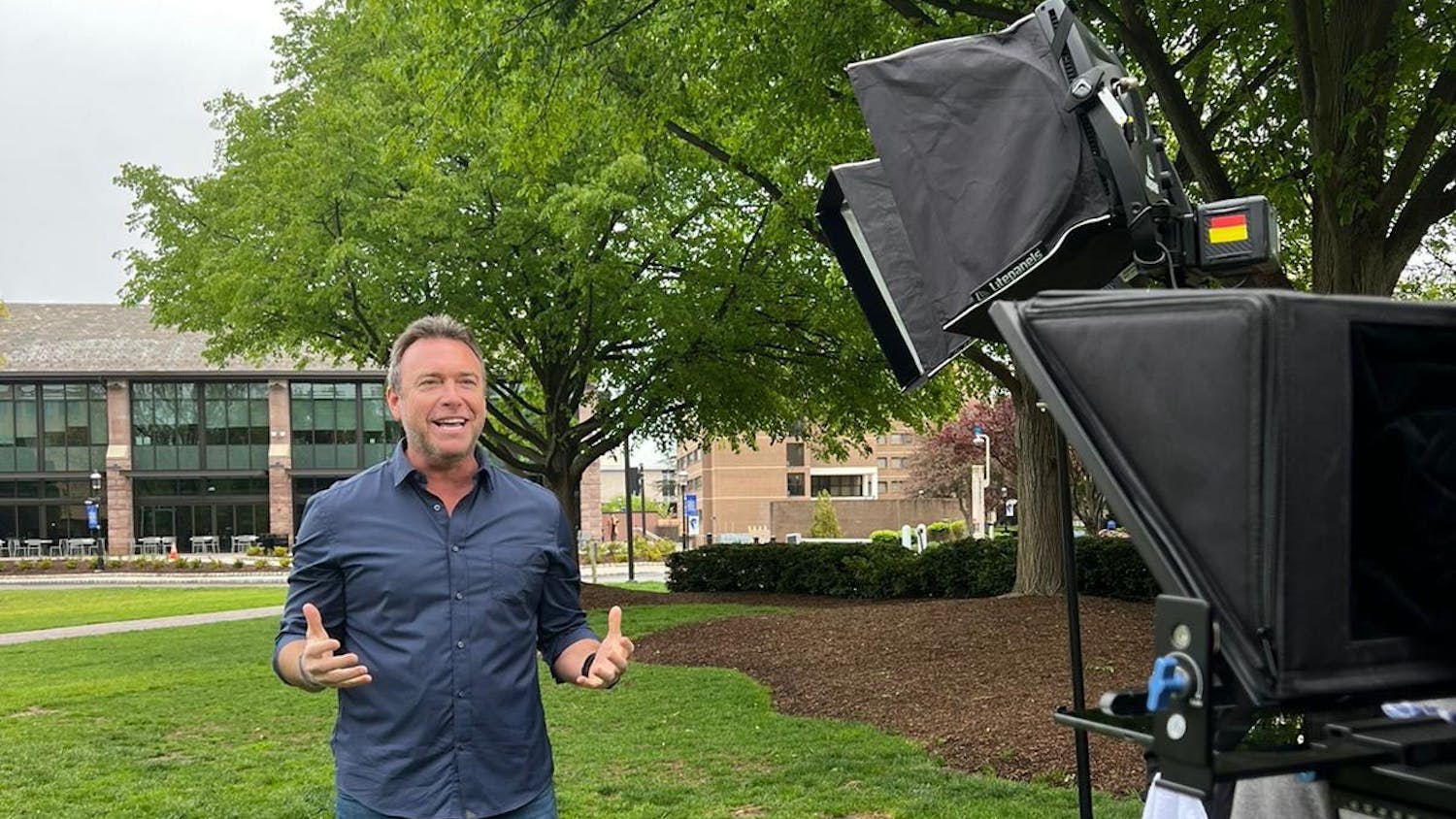If I were to emerge from the folds of this newspaper and ask you about the current state of affairs within the world, after you had recovered (hopefully) from the initial shock of my appearance, I do not think it would be too bold to say that you would formulate some sort of answer.
However, had I asked about events occurring within your own town, how quick would you be able to form an answer? Would you claim that "nothing" was happening?
The Walsh Gallery's new exhibit, "Driving Without Destination," addresses this cultural phenomenon.
The exhibit focuses on the world's growing infatuation with standardization and how it has transformed a society into one focused on convenience and generalities, or the concept of the ‘big picture'. Yet it also questions the cost at which we become "worldly."
Curated by Jeanne Brasile and Tony Capparelli, "Driving Without Destination" contains 22 works centered around such notions of fading localism, interconnectivity, globalism, consumerism, and their respective implications, both physical and metaphysical.
The exhibit is based on an essay by Dermot Quinn, Seton Hall's Professor of History and Graduate Program Director, called "Driving Without Destination: A Distributist Journey in New York State," which is found in the August 2000 issue of "The Chesterton Review."
Within this essay, Quinn connects the reality of diminished localism and increased global standardization with the notion of a "graying" of modern society: the destruction of distinction and the adoption of homogeneity.
The late 19th century English writer G.K. Chesterton, for whom The Chesterton Review is named, once stated that the blight of modernity was "standardization by a low standard." America's obsession with convenience has society down the path easier taken: a culture where consumption, not production, is the standard.
As corporate giants like Walmart, Costco, McDonald's, and Starbucks flourish, "Driving Without Destination" shows that there is an insidious homogenization growing within contemporary American society, or what Quinn calls the "lonely anonymity of modernity."
Entering the "Driving Without Destination" exhibit, viewers can witness the overpowering concepts of "lonely anonymity" that are fueled by a global standardization.
Larry Ross' painting "From Here to There" best epitomizes this, depicting a familiar image for many: a drive to a dull city, which is captured in the vehicle's side mirror.
The stark rigid lines of the painting emphasize the "lack of character" of the city: it is not attractive, nor does it pretend to be.
However, the image in the side-view mirror reveals that this lack of character or distinction has become the norm: the driver is travelling "from here to there," but is also occupying a space that is neither here nor there: "all driving and no destination."
Pages can be written detailing each particular piece, but that may undermine the intended message of the exhibition: it is time to cease consumption and begin production.
Viewers should gain their own insight of these works by visiting the exhibit, which is open daily throughout the week, culminating in a symposium on Saturday, Oct. 2 at 2 p.m.
Ed Millar can be reached at edward.millar@student.shu.edu.





